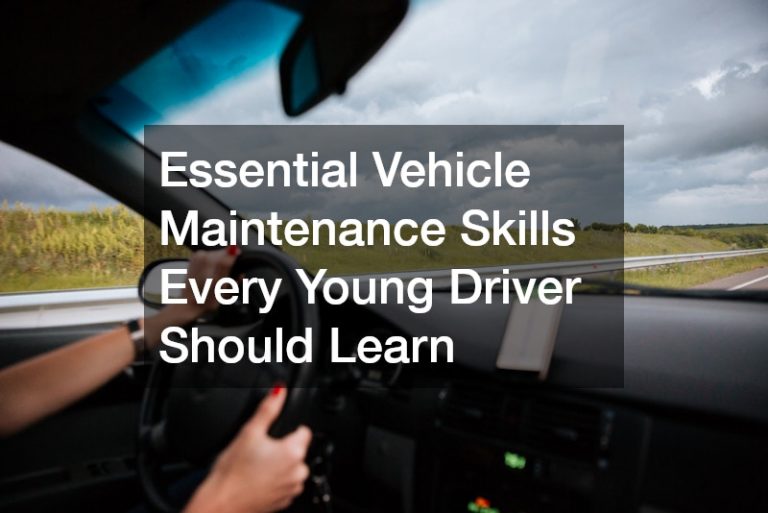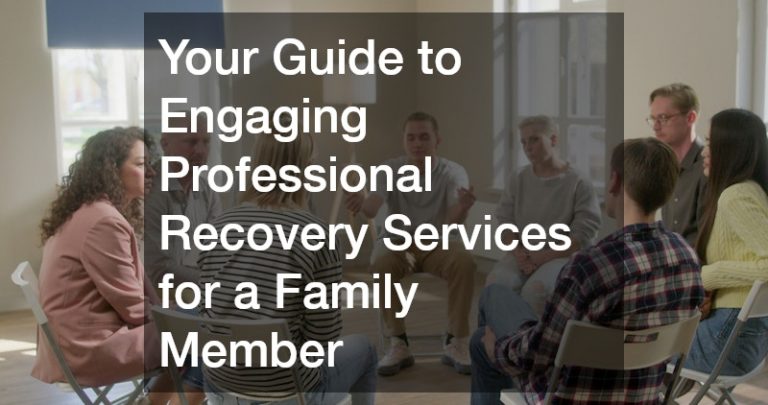• Educate parents on best practices for teaching teen drivers. You can do this by attending classes or workshops with your teen.
• Use apps and devices like dashboard cameras to limit distractions while driving, such as cell phone use, excessive speed, etc.
• Establish programs for teens that focus on driving safety. This should include both classroom instruction and hands-on experiences.
• Have teens undergo a learner’s permit exam to ensure they are prepared to navigate the roads.
• Offer driver education classes/courses. This can provide teens with an in-depth understanding of traffic laws and safety regulations.
As the number of teen drivers continues to rise, so does the need for a safer driving community. More than half of all teen deaths are due to motor vehicle crashes, and it’s important that everyone takes steps to reduce this number. Below are a few tips on how to create a safer community for new teen drivers.
Educate parents on teen driving.
Parents play an essential role in teaching their teens how to drive safely. Educating parents on the best practices for teaching safe driving behaviors is vital to teaching teens how to become responsible drivers. This could include attending classes or workshops with their teens or reading up on the latest safety guidelines from experts in the field.
Promote the use of technology.
This is an age where technology has revolutionized how people do things. Using apps and devices like dashboard cameras can help parents monitor their teen’s driving habits and improve driver safety by limiting distractions while driving, such as cell phone use, excessive speed, etc. It also allows parents to keep track of where their teens are while they’re out on the road and can even alert them if something goes wrong or if there is an accident.
Establish programs for teens.

Establishing programs for teens that focus on driving safety is another way to create a safer community for new teen drivers. These programs should provide both classroom instruction and hands-on experiences for teens so they can learn about responsible driving practices in a safe environment before hitting public roads. Teaching topics should include defensive driving techniques, drunk/drugged driving prevention strategies, road signage recognition, and more.
Have teens undergo a learner’s permit exam.
Having teens undergo a learner’s permit exam is another way to ensure that they are ready to drive. This test will help teens better understand the rules of the road, so they can be more aware and alert when out on public roads. Additionally, having them pass an exam before being able to obtain their license gives parents peace of mind that their teens will be well-prepared to navigate the roads.
Offer driver education classes/course.
Driver education classes or courses are invaluable resources for teens that want to learn safe driving habits. These classes can provide teens with the knowledge and skills needed to become better drivers, such as the following:
Understanding traffic laws

Understanding traffic laws and how they apply to different situations is essential to becoming a safe driver. Driver education courses can provide teens with an in-depth understanding of traffic laws and safety regulations, so they can make informed decisions while on the road.
Learning car maintenance basics
Having a basic understanding of car maintenance is also essential for new teen drivers. This includes knowing how to change a tire, check oil levels, and do other basic tasks. Learning these basics will help teens become better prepared for any potential car-related problems that may arise while they are on the road.
Operating a vehicle in various weather conditions
It is also essential for teens to learn how to operate a vehicle in different weather conditions, such as heavy rain or snow. Learning these skills can help them stay safe and prevent potential crashes from happening.
Recognizing hazardous road signs
Finally, driver education classes should also include teaching teens how to recognize hazardous road signs. This includes learning what certain symbols mean and how to react in different situations on the road. Identifying these potential hazards will help keep teens safe and out of danger while they are out driving.
In addition, driver education classes may also include simulations of real-world scenarios to help teens prepare for any potential situation they may face on the road.
Creating a safer community for new teen drivers is an essential step toward reducing the number of motor vehicle crashes involving teens. Educating parents on best practices, utilizing technology to monitor driving habits, establishing programs for teens, having them undergo a learner’s permit exam, and offering driver education classes/courses are all effective ways to create this environment. With these tips in mind, you can help ensure your teen will be as safe as possible while on public roads.











